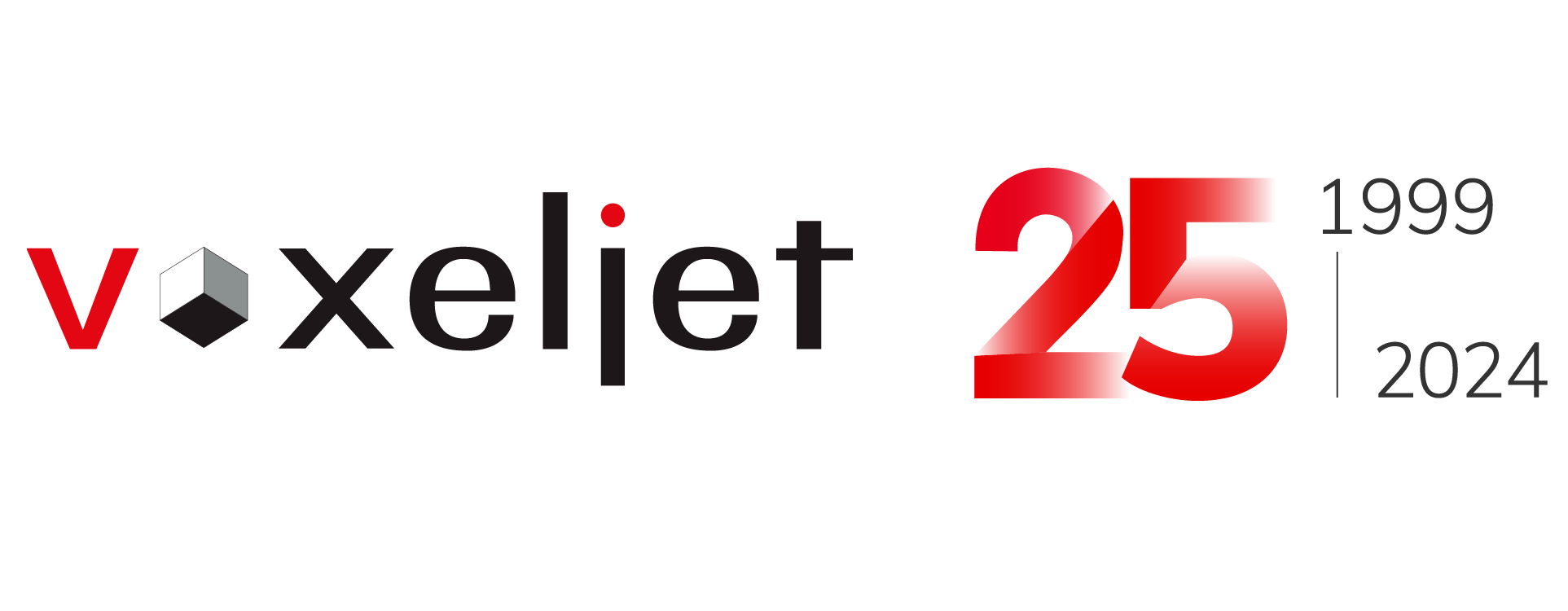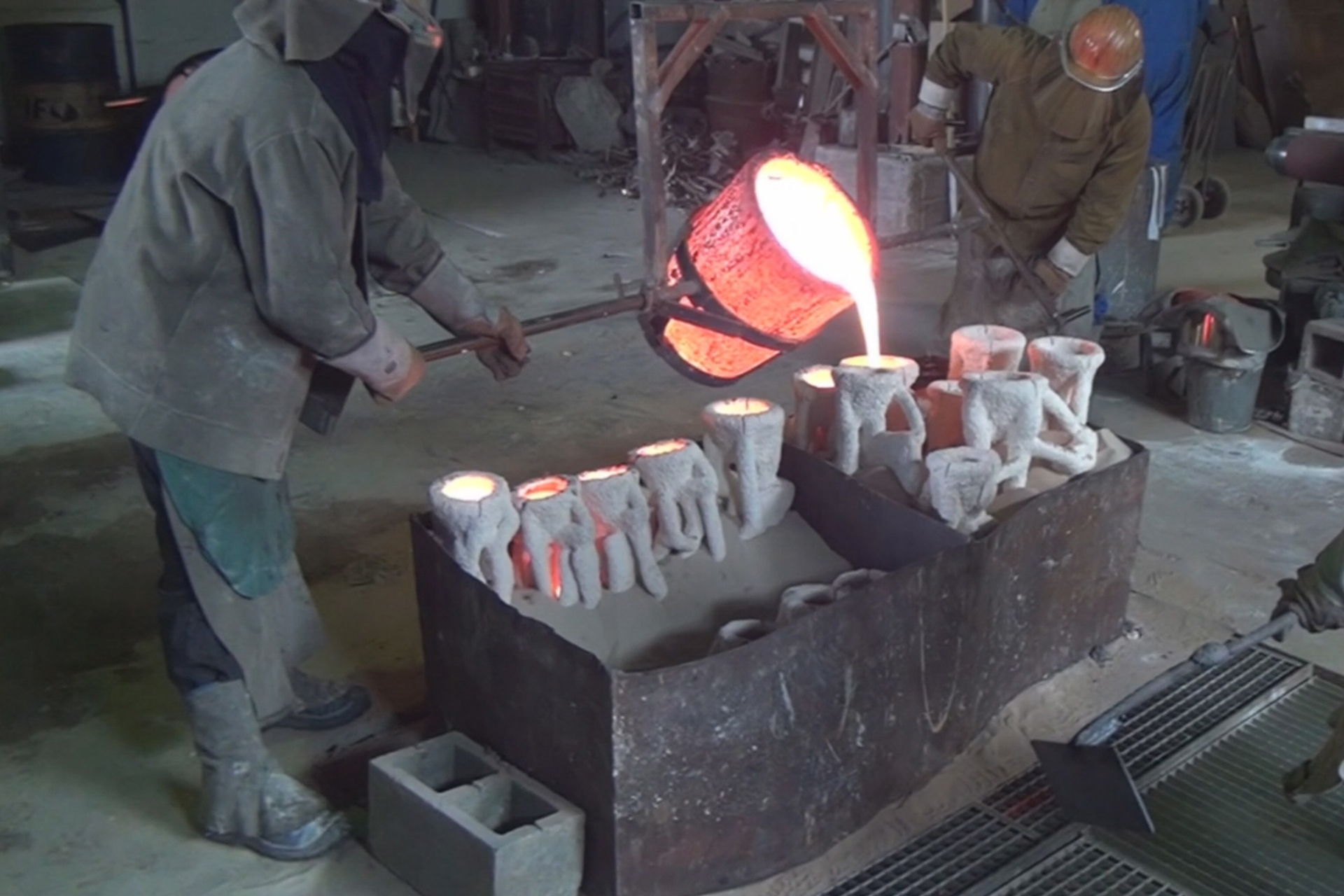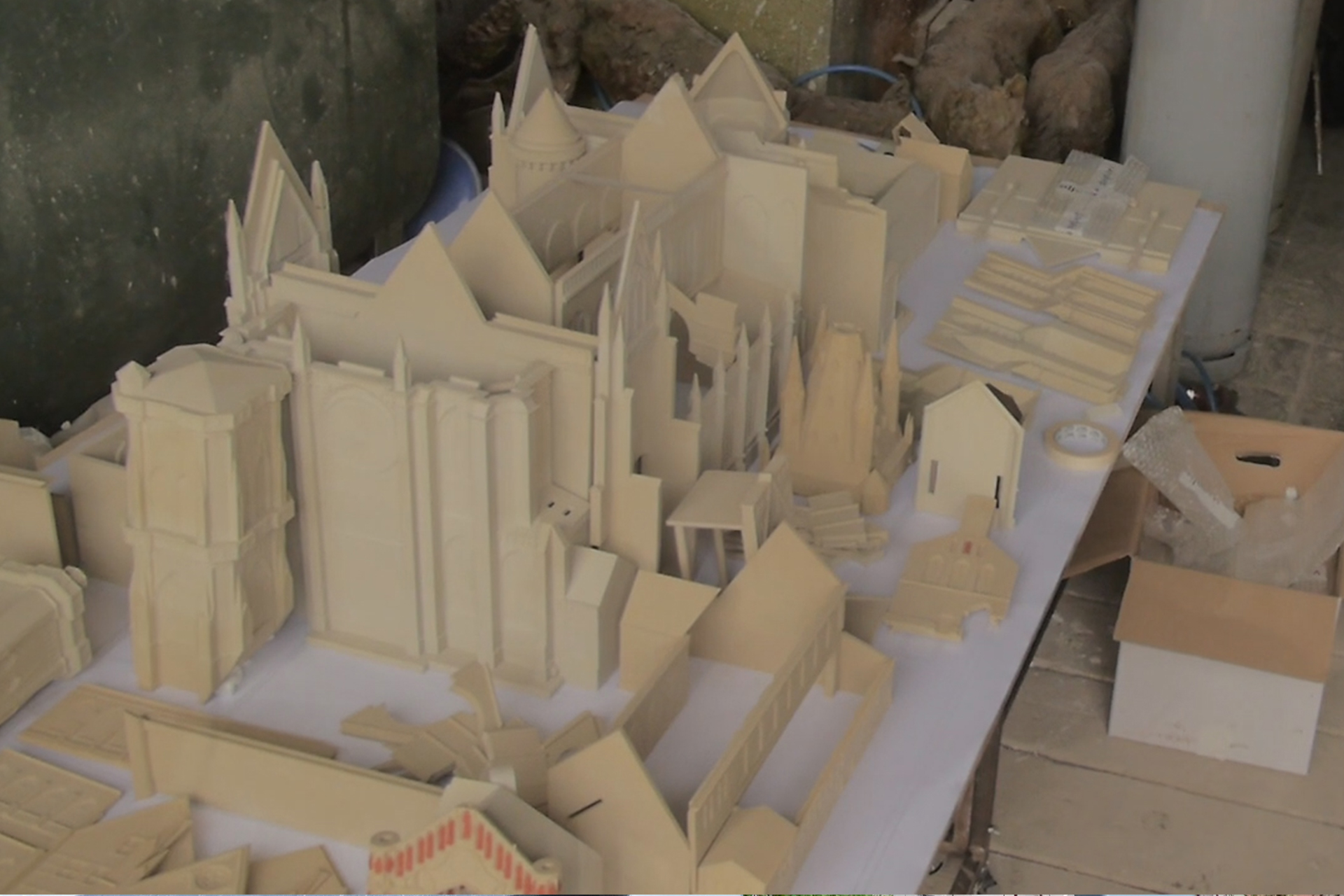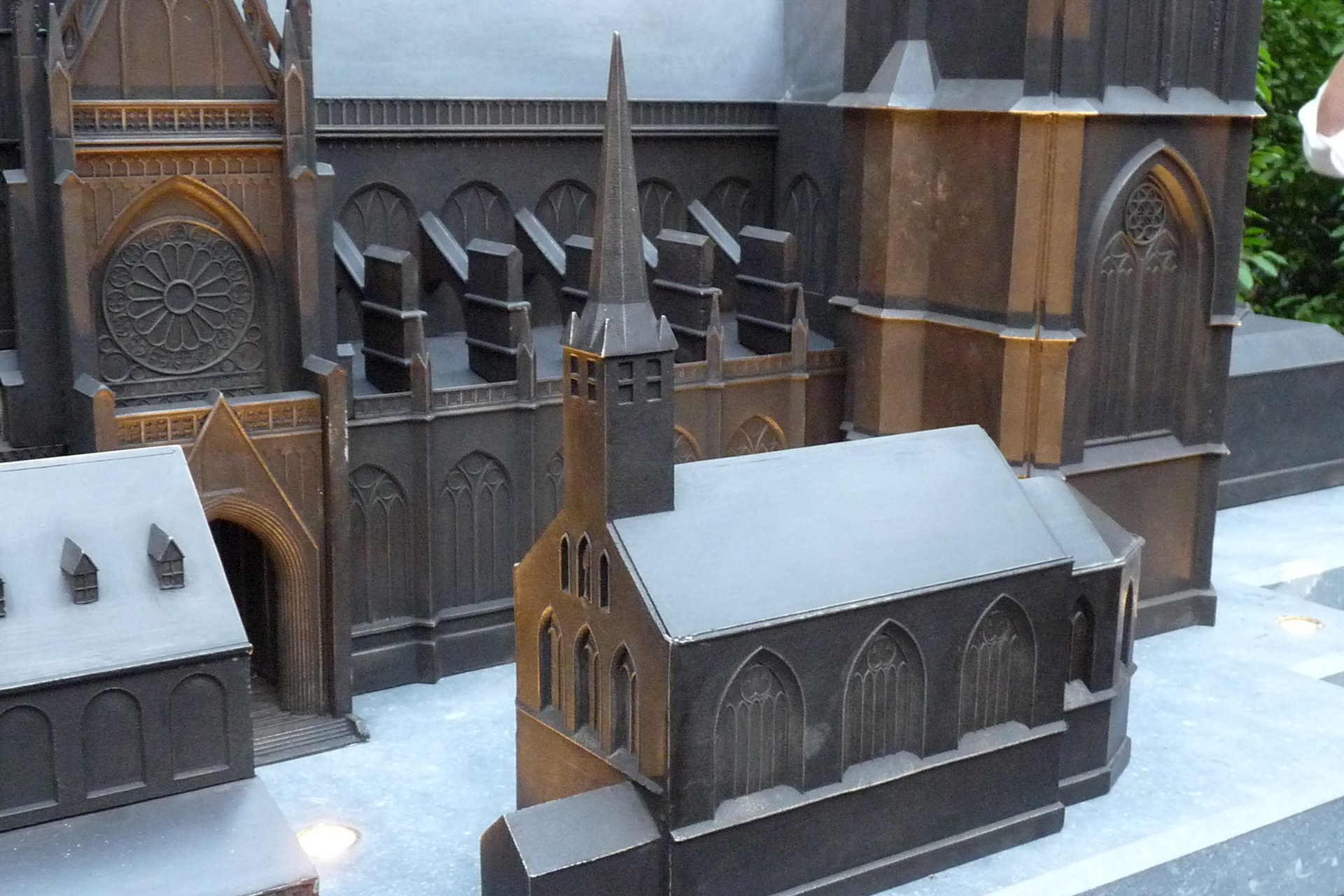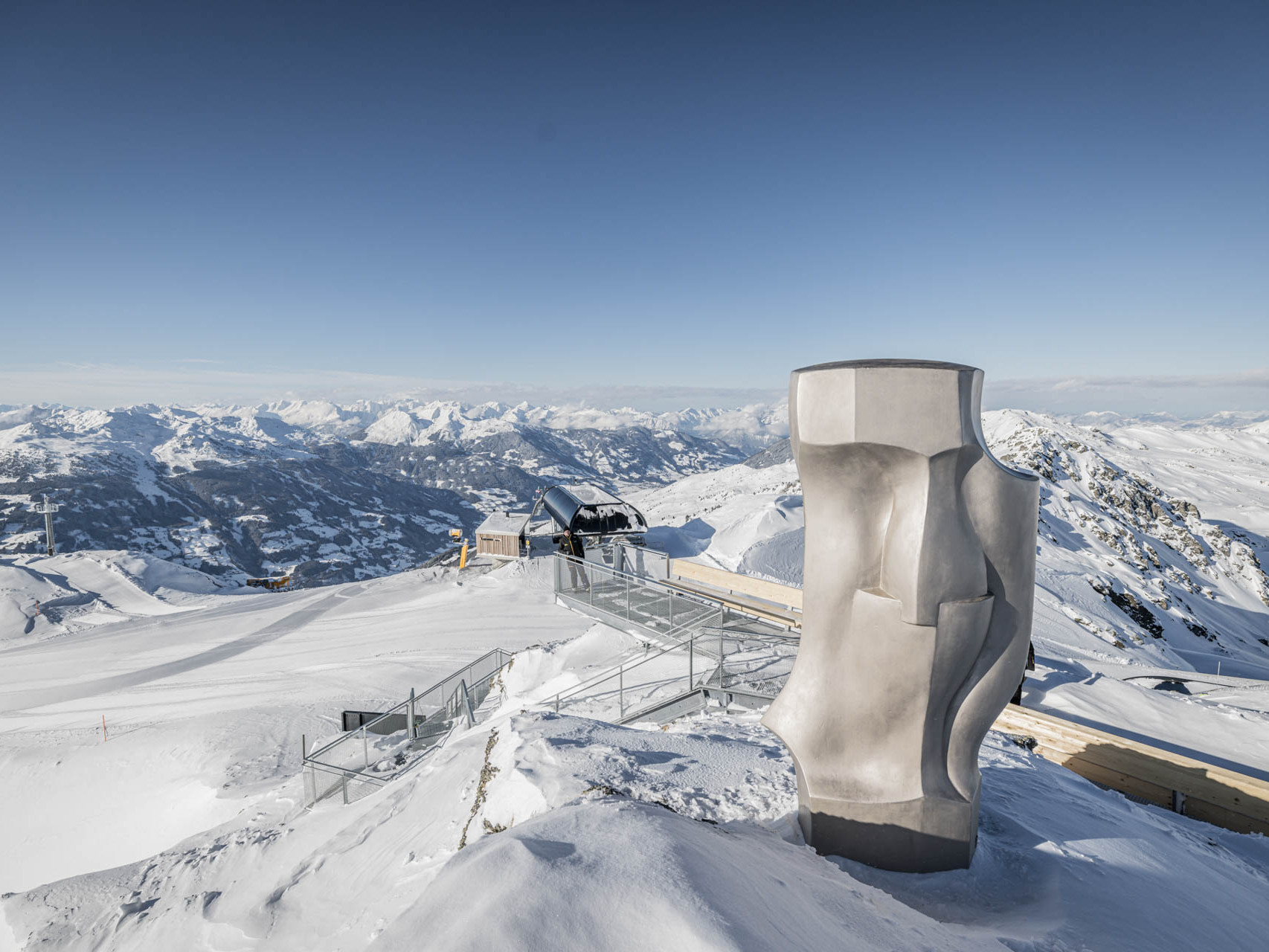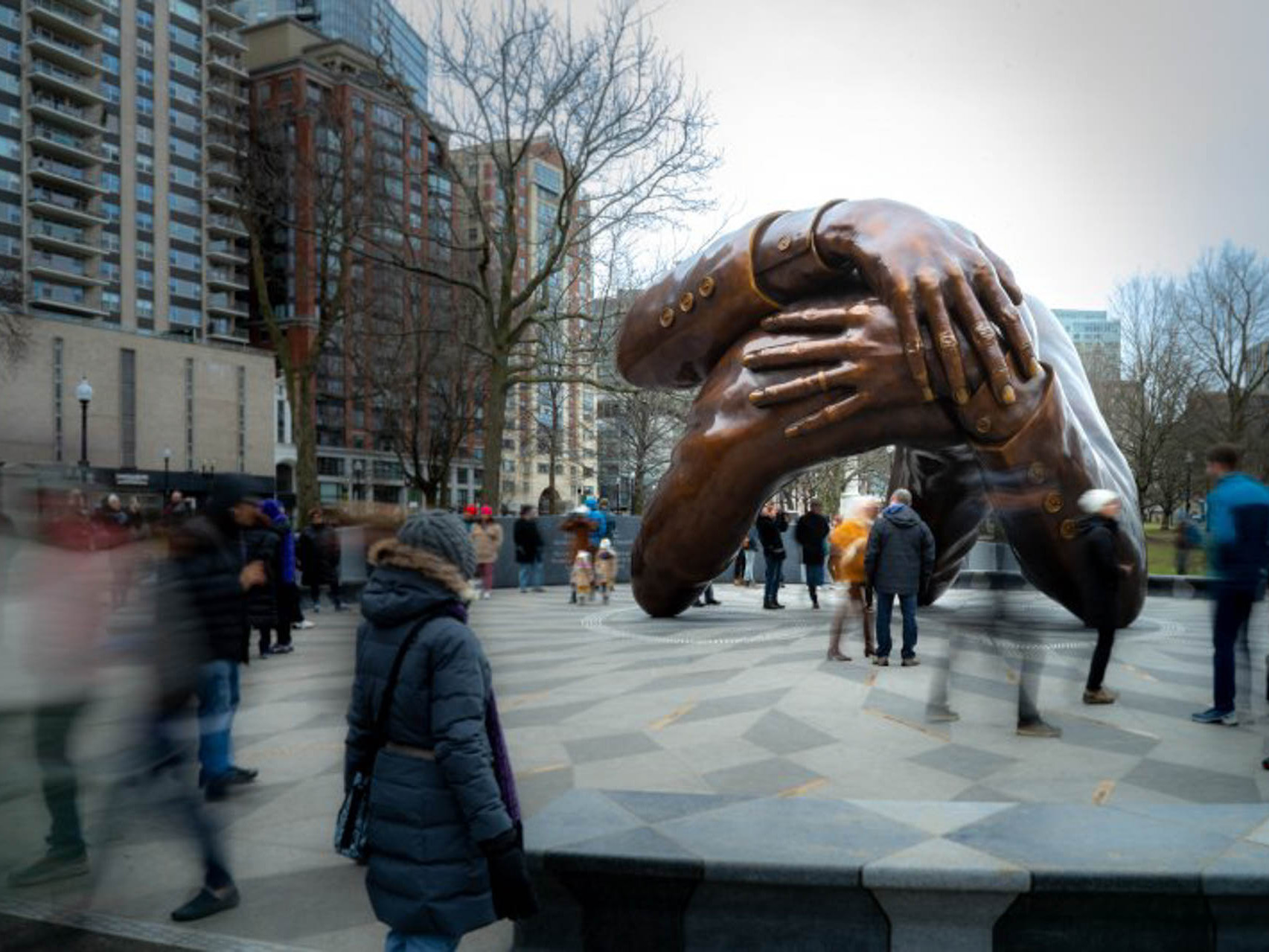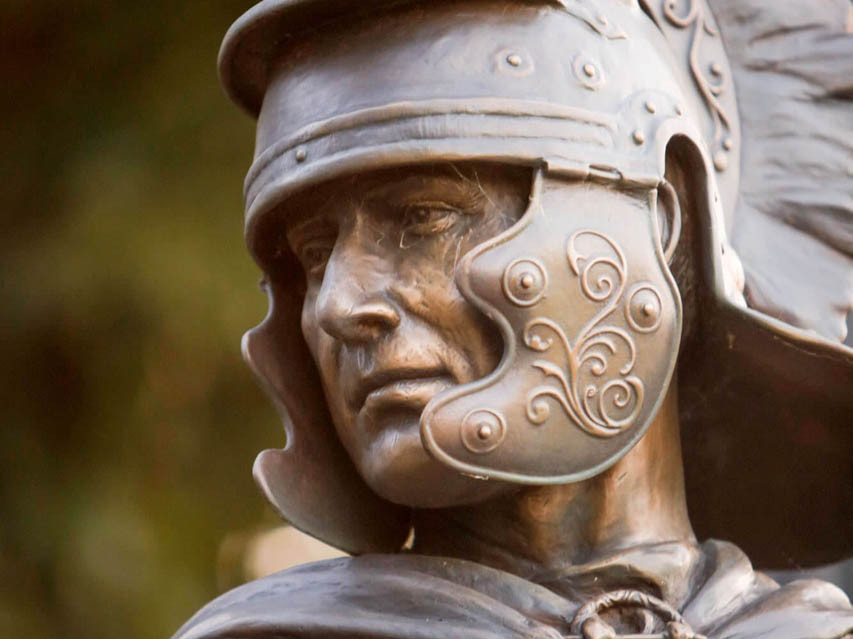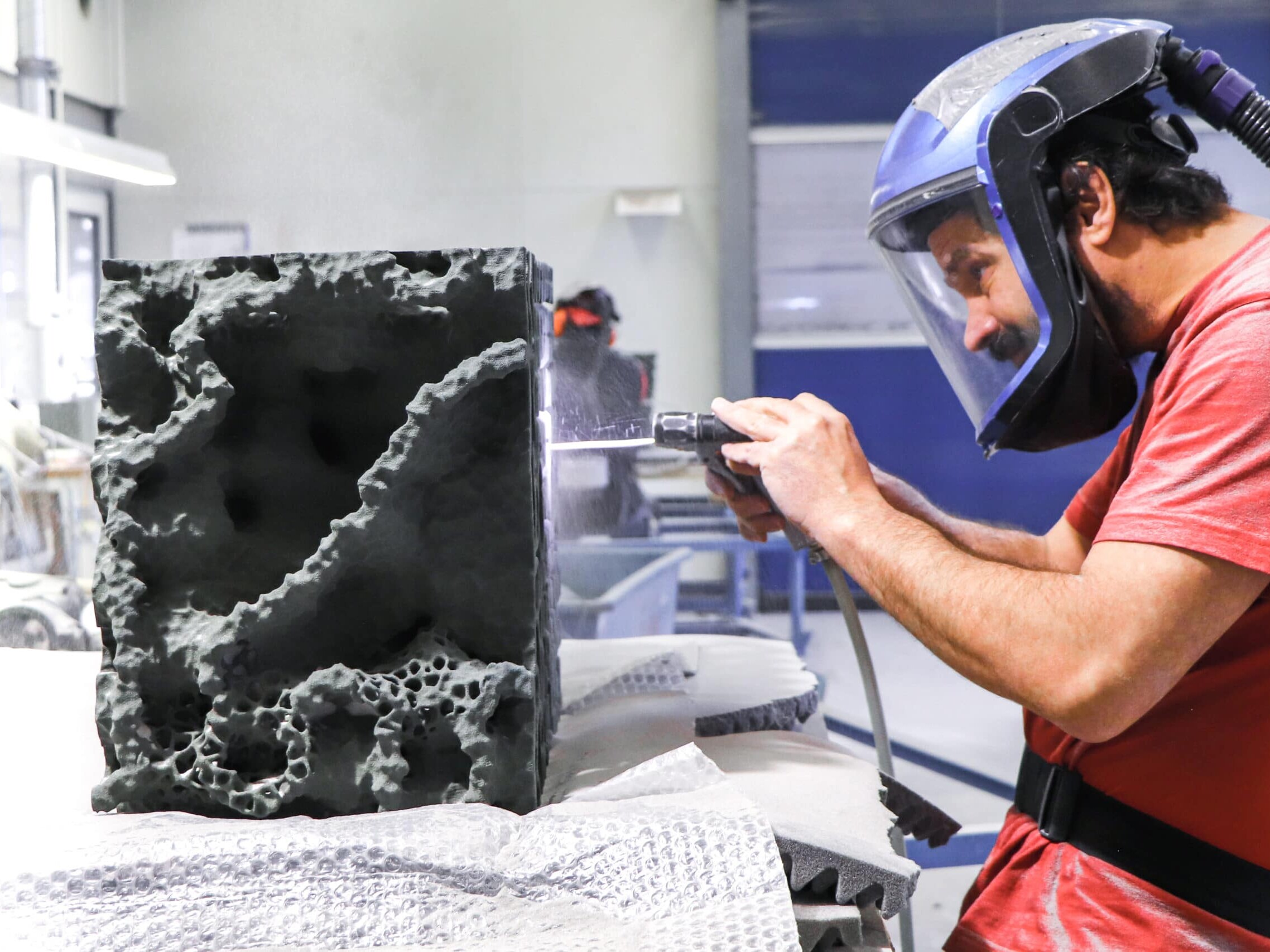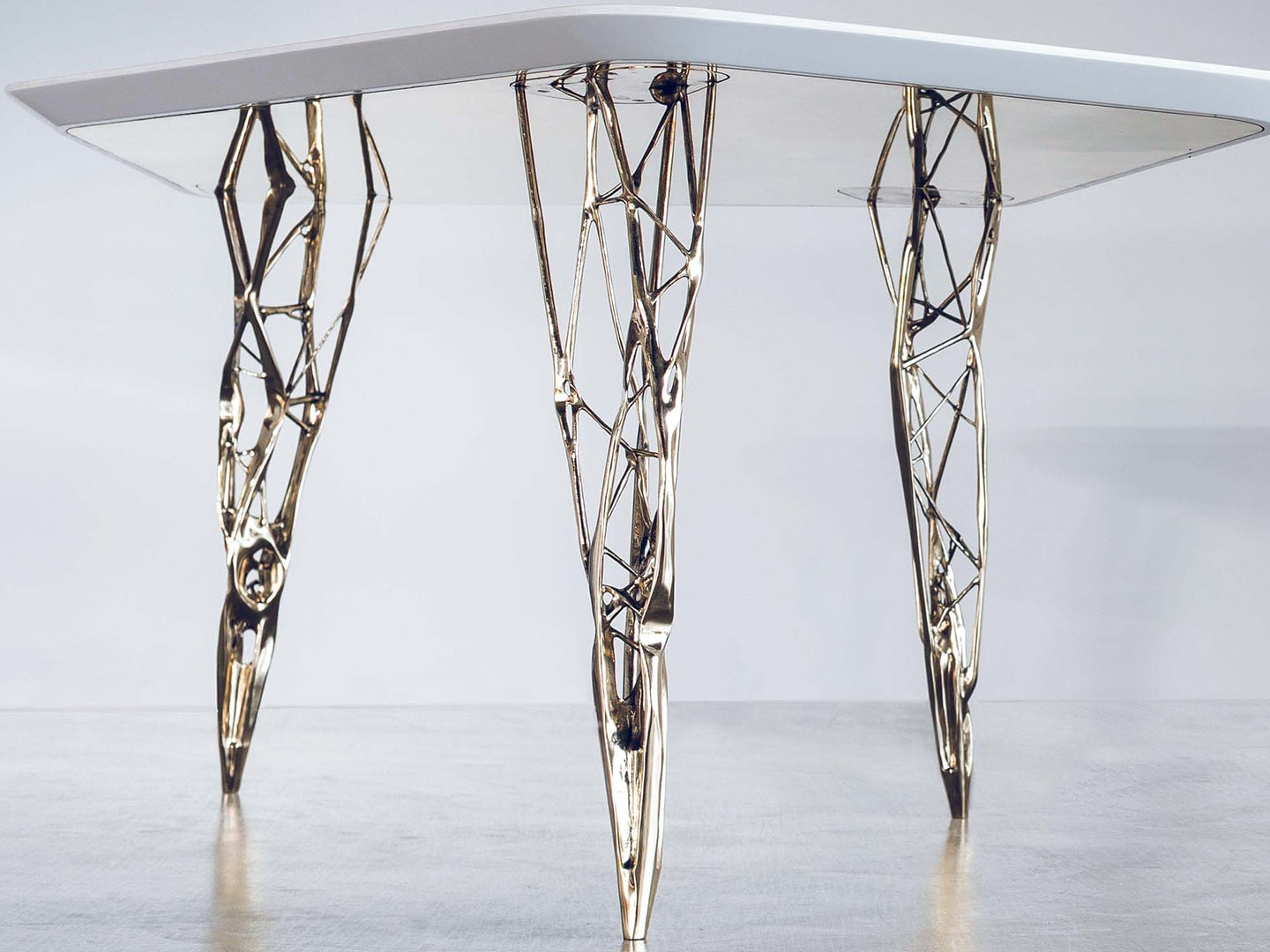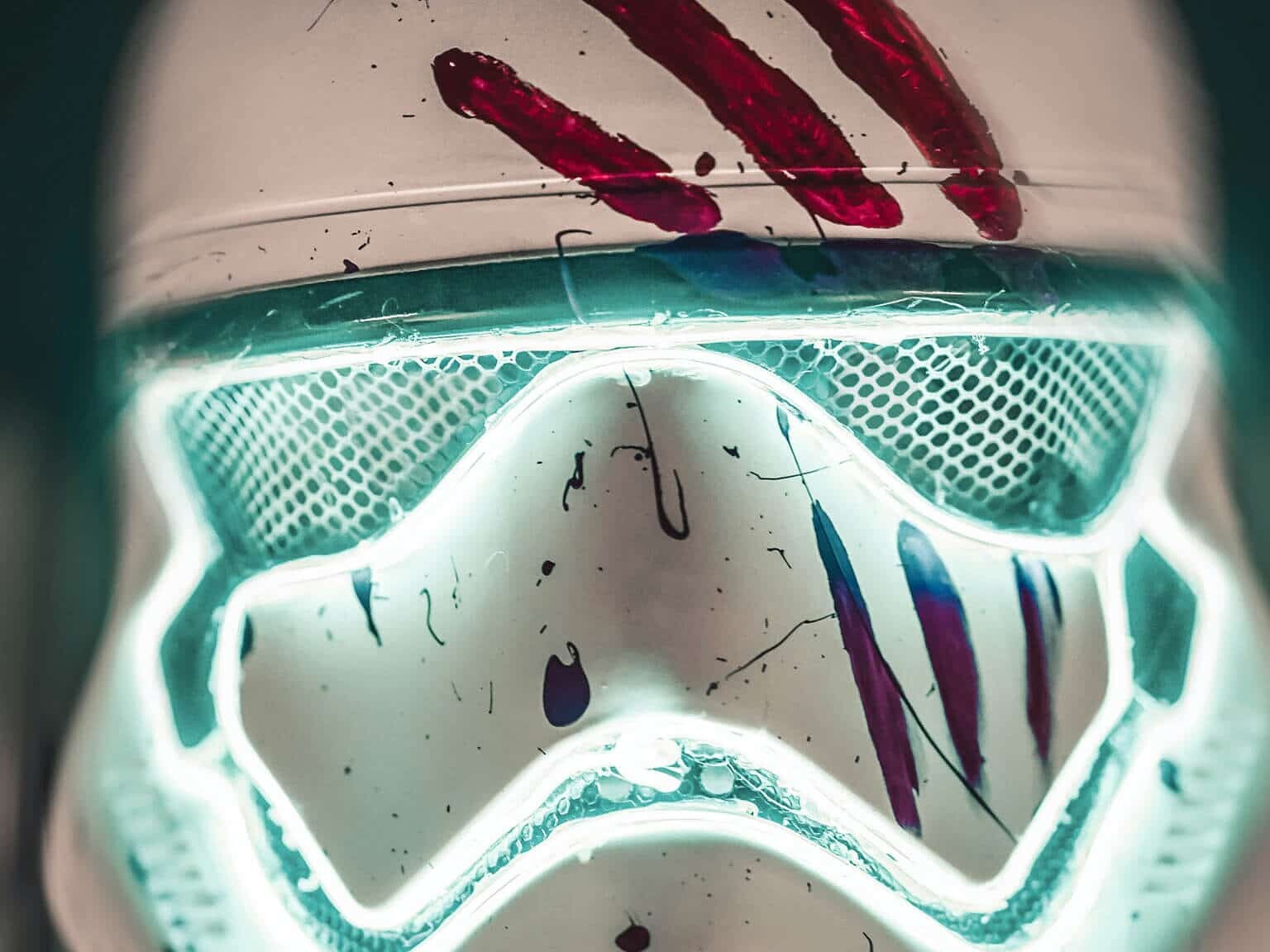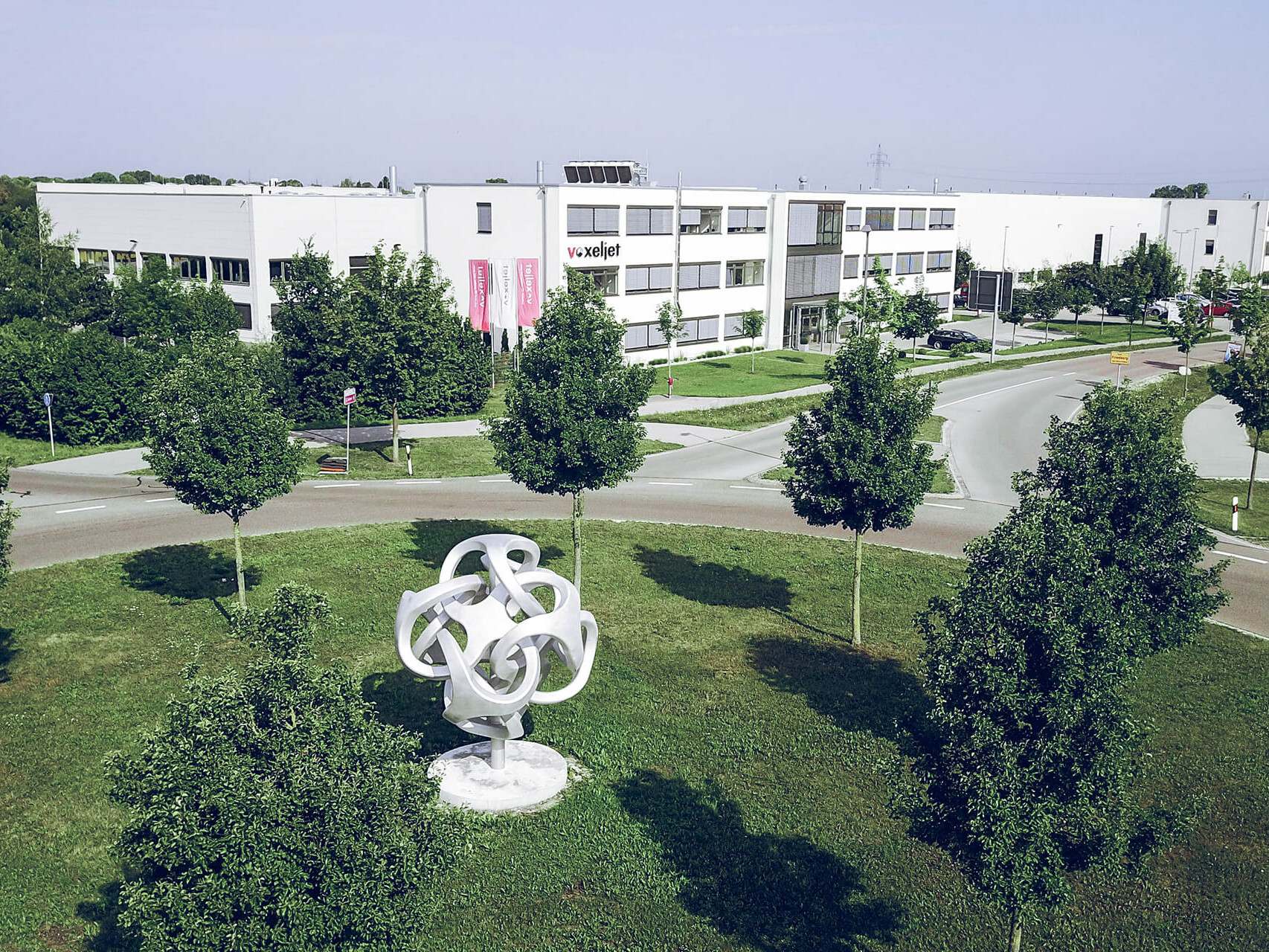- Home
- Case Studies
- Art and Design
- 3D printed architectural models for bronze casting
3D printed architectural modelsfor bronze casting
The visually impaired can touch and feel the bronze models to obtain a detailed impression of the shapes and surfaces of the buildings.
Once the data for the buildings was available, the industrial 3D printers started the fully-automated assembly of the buildings using the layer building method. The process gradually yielded the Osthofentor, the Wiesenkirche and the Patroklidom.
Speciality foundry Strassacker, which created the high-quality casts of the bronze models, was very impressed with the models’ quality and depth of detail. The three bronze models have now arrived at their destination and form a part of the tourism experience in Soest’s downtown area for the blind and visually impaired. Braille tablets that provide a brief explanation about the building are placed beside the bronze models.
When we received the inquiry about creating plastic models for three important Soest landmarks, which would subsequently be cast in bronze, our aim was to create models that are as precise and true-to-detail as possible - hence this project was tailor-made for the precision printers at our service centre.
Rudolf Franz, CFO/COOvoxeljet AG
Many in Europe still mourn the destruction of the Lambertus Cathedral in Liége, Belgium during the Lüttich Revolution, which lasted from 1794 to 1820. Now the building, which was once one of Europe’s largest cathedrals, is celebrating its rebirth: as a bronze model at a scale of 1:100. The template for the 3D investment casting model came directly from voxeljet’s service center.
Even though the columns of the building can still be seen on the Lambertus square in Liége, where they remind us of the outside walls, it is difficult to get a real sense of the cathedral of Lüttich that once dominated the Bishop’s Palace and the city. This will change with the recently completed bronze model of the cathedral: the true-to-life reproduction of the old cathedral will be erected on Lambertus square, enabling visitors to get a clear vision of this impressive building. The bronze model rests on a 1.2 meter platform and measures 1.35 meters in height, 1 meter in width and 2 meters in length. It weighs approximately 600 kg.
We performed a three-dimensional scan of an already existing wooden model. To obtain the truest possible replica of the original, we subsequently interpreted and reproduced the dimensions with the help of software programs, and also completed them with regard to the historical elements for which records are no longer available.
Pierre Jacob, Model Builder
Using the reconstructed CAD data, the voxeljet service center started to produce a plastic model. Step by step, the 3D precision printers built the various molds for the building in PMMA plastic, a material designed specifically for investment casting applications. The molds were assembled to produce a complete model of the cathedral through the investment casting process.
The foundry Fonderie dárt Harzé was just as impressed with the quality of the 3D PMMA plastic model and is richness of detail as was the designer in charge, Pierre Jacob. The bronze cast also turned out perfectly, so that the historic jewel of the “Cité ardente”, the Lambertus Cathedral, has again become an object of admiration, at least at a scale of 1:100.
More Case Studies
3D-printed sculptures at 2500 metres
At 2,500 metres in the Tyrolean Alps, these 3D-printed sculptures enjoy a special view. They are the fulfilment of a long-held dream of Tyrolean artist Magnus Pöhacker.
3D printing patterns for large-scale sculpting
The Embrace is a public artwork in Boston to honor and remember the life of Martin Luther King and his wife Coretta Scott King. The sculpture was created with 3D PMMA printing and investment casting
58 sculptures cast in bronze visualize the Way of the Cross of Jesus in Nebraska, USA. The unique works of art were created by famous artists using a combination of 3D printing, investment casting and bronze casting.
Functional Architecture with 3D Printing
The Mersitem Wall is a best practice example of how functional and sustainable architecture can be created with 3D printing.
3D printing for sustainable architecture
Singapore's AIRLAB uses these table legs to show how architecture can be made more sustainable and functional at the same time.
3D printing the future of prop manufacturing
Using 3D printing to create cost-effective, realistic movie props.
Four meters high artwork from the 3D printer
voxeljet creates the four-meter-high aluminium sculpture "sling ball" using the 3D printing system VX4000
3D Printing Solutions
Want to learn more about us and 3D printing? Click here for the entire voxeljet solution portfolio.
